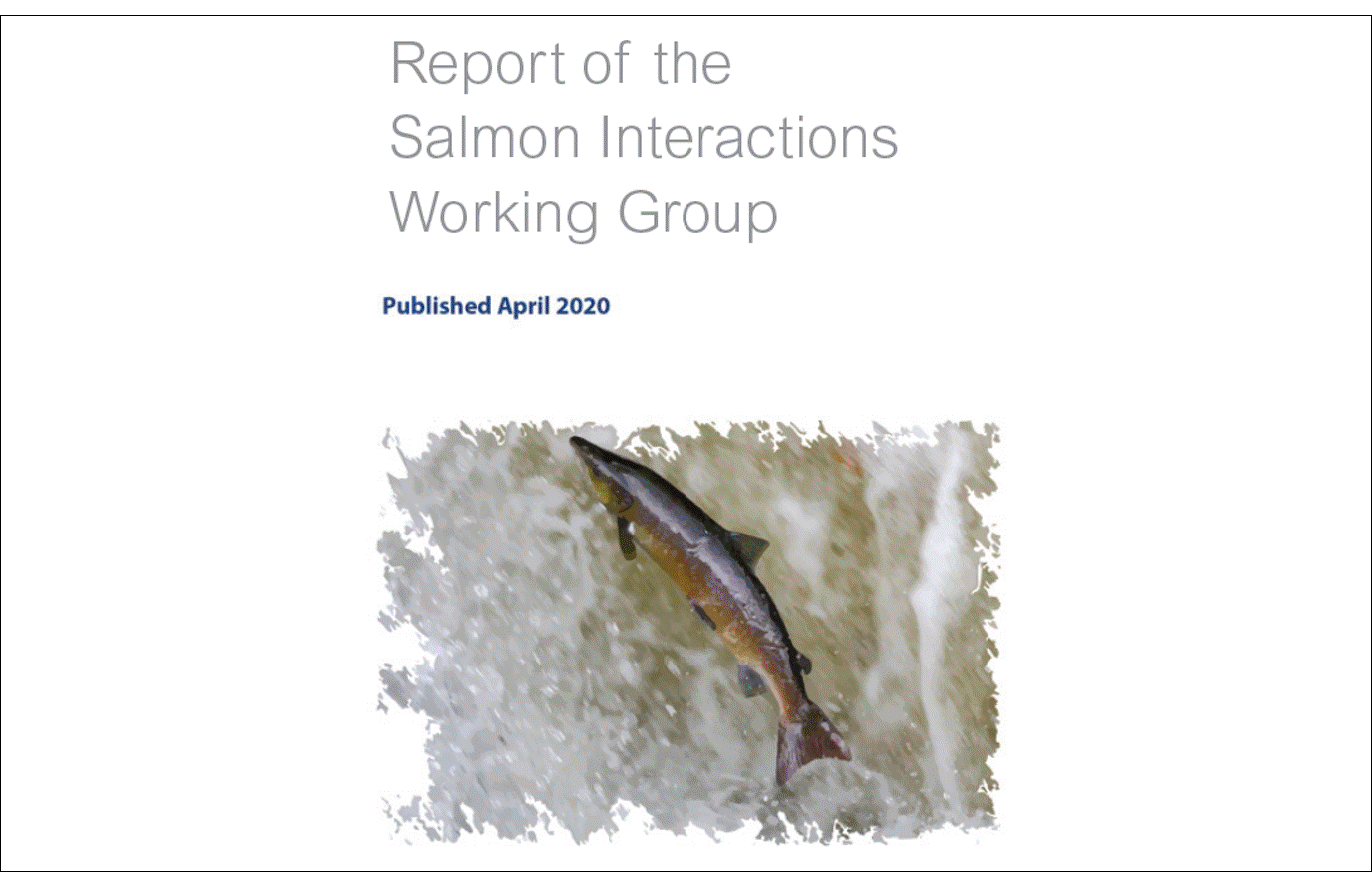Our wild salmon and sea trout are a vital part of Scotland’s heritage and they need to be protected through robust regulation. Fisheries Management Scotland are working actively to implement change.
Following two Parliamentary inquiries,  it is clear that the status quo for regulation of fish farming in Scotland is no longer acceptable. In late 2018, the Scottish Government established a workstream to examine 12 high-level pressures and address the decline in wild Atlantic salmon. Two of the pressures identified relate to fish farming – sea lice and escapes. As part of this process, the Salmon Interactions Working Group (SIWG) was formed and included representatives of Fisheries Management Scotland, the aquaculture industry, conservation and regulatory bodies. The group was designed to set out recommendations for a revised regulatory framework. The group published a final report including all recommendations agreed by the parties in May 2020.
it is clear that the status quo for regulation of fish farming in Scotland is no longer acceptable. In late 2018, the Scottish Government established a workstream to examine 12 high-level pressures and address the decline in wild Atlantic salmon. Two of the pressures identified relate to fish farming – sea lice and escapes. As part of this process, the Salmon Interactions Working Group (SIWG) was formed and included representatives of Fisheries Management Scotland, the aquaculture industry, conservation and regulatory bodies. The group was designed to set out recommendations for a revised regulatory framework. The group published a final report including all recommendations agreed by the parties in May 2020.
In October 2021, the Scottish Government responded to the SIWG, and set out their commitment for taking these recommendations forwards. Four key commitments were made as follows:
- The Scottish Environment Protection Agency (SEPA) will be the lead body responsible for managing the risk to wild salmonids from sea lice from
fish farms. - SEPA has consulted on proposals for an adaptive, spatially-based risk assessment framework for managing sea lice interactions between farmed and wild salmonids, which will be applied through the Water Environment (Controlled Activities) (Scotland) Regulations 2011.*
- The Scottish Government will take forwards a programme of work to make fish farm containment measures and regulation more robust, including the introduction of penalties for fish farm escapes, with the ultimate aim of redistributing this money to support wild salmonid conservation and research.
- A Wild Salmon Strategy will be published by the end of 2021 which will provide an overarching framework on tackling wild salmon pressures.
*SEPA have conducted two consultations on the sea lice risk assessment framework (first consultation, second consultation), and Fisheries Management Scotland have provided detailed responses and engaged extensively with SEPA throughout the process (Fisheries Management Scotland’s response to the first consultation and the second consultation).
Fisheries Management Scotland are working actively to ensure that these recommendations are delivered in full to protect our wild fish, and have put together this overview which details the impact that the implementation of these recommendations could have.
